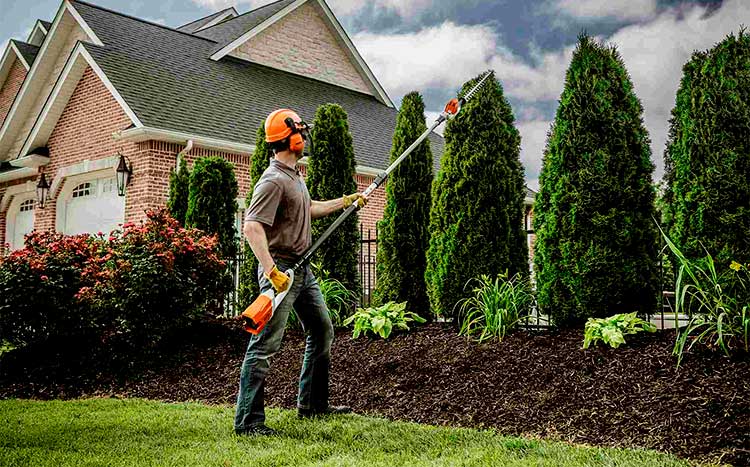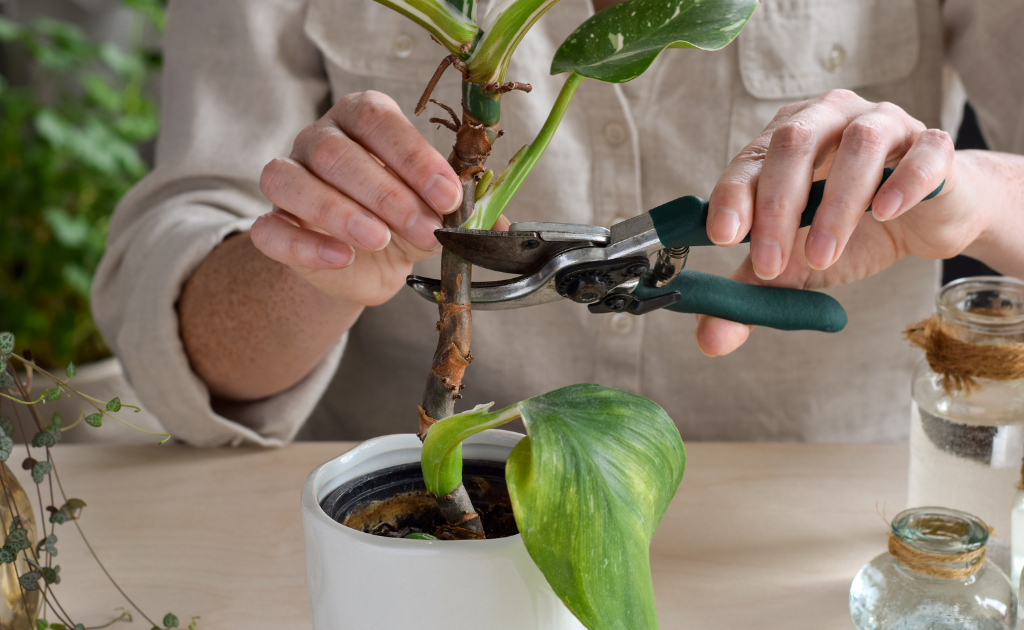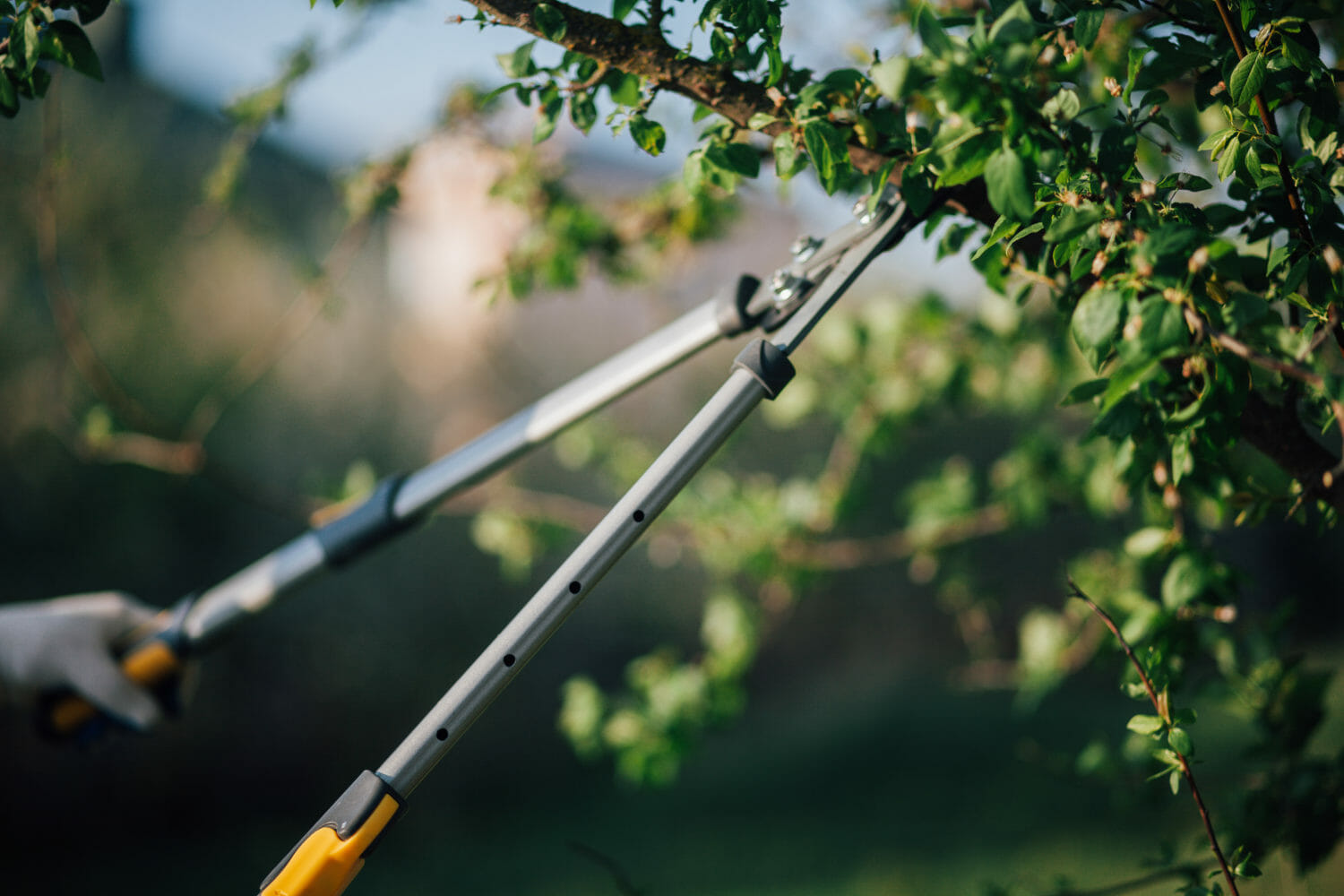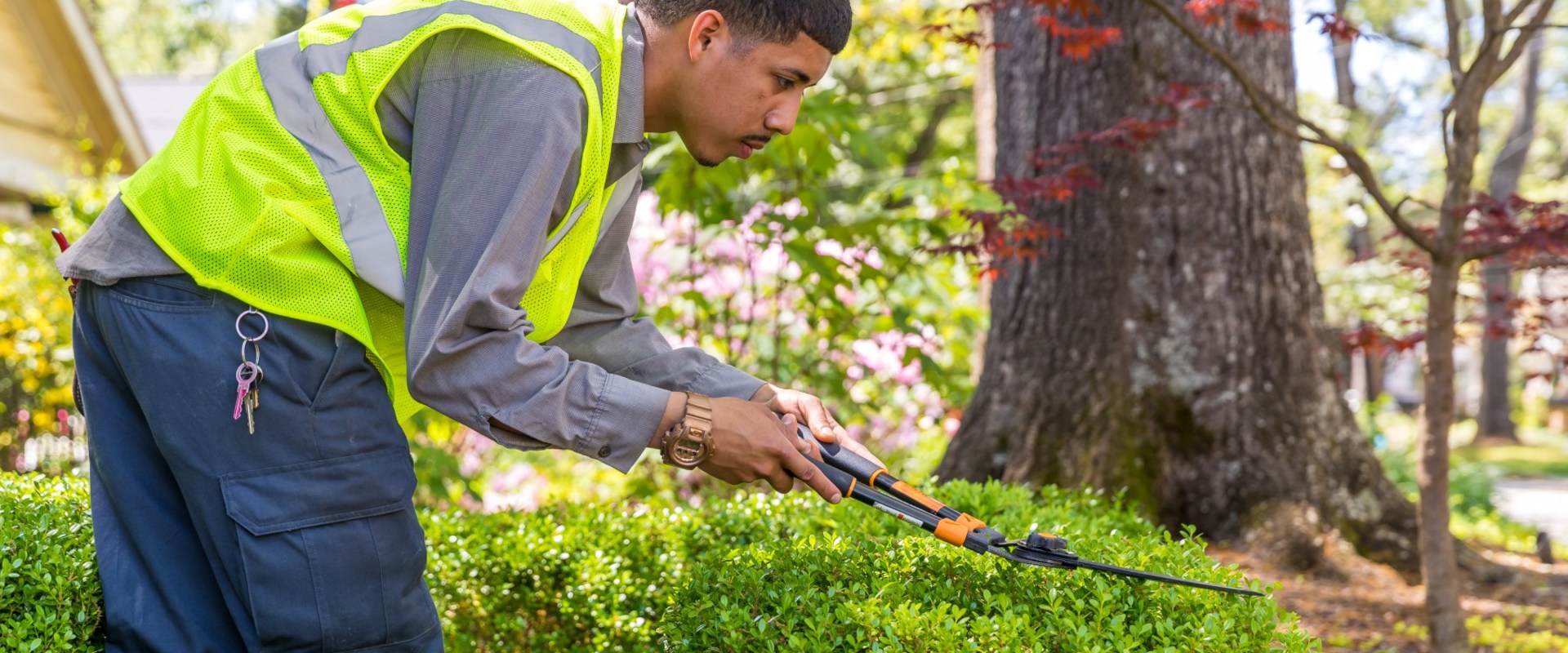Pruning & Trimming Tips
Introduction
Ever wonder why your neighbor’s garden always looks so pristine? The secret might just lie in pruning and trimming. These techniques aren’t just for making your plants look pretty; they’re essential for maintaining plant health and promoting growth.
What is Pruning and Trimming?
Pruning involves cutting away dead or overgrown branches to improve the plant’s structure and encourage new growth. Trimming is more about maintaining shape and appearance. Together, they can transform your garden into a lush, vibrant oasis.
Importance of Pruning and Trimming
Regular pruning and trimming help prevent disease, remove dead or damaged limbs, and improve air circulation. By doing this, your garden will look more attractive, and your plants will be healthier overall.
Tools of the Trade
Essential Tools for Pruning
To get started, you’ll need a few basic tools:
- Pruning shears for small branches.
- Loppers for thicker branches.
- A pruning saw for even larger limbs.
- Hedge trimmers for shaping hedges and shrubs.
Choosing the Right Tools
Investing in quality tools can make a world of difference. Look for tools that are comfortable to use and maintain sharp edges. Rust-resistant materials are a plus!
Timing is Everything
Best Times for Pruning
Timing your pruning sessions correctly is crucial. Most plants benefit from pruning in late winter or early spring before new growth starts. This timing minimizes stress and encourages robust new growth.
Seasonal Pruning Tips
- Spring: Focus on early blooming shrubs.
- Summer: Prune to shape and control growth.
- Fall: Clean up dead or diseased branches.
- Winter: Ideal for most pruning tasks.
Techniques for Success
Basic Pruning Techniques
Start with clean, sharp tools. Make cuts at a slight angle, just above a bud facing the direction you want the plant to grow. Remove any crossing branches to prevent damage.
Advanced Pruning Methods
For more experienced gardeners, techniques like thinning (removing entire branches) and heading (cutting back the length of a branch) can help shape and control growth more effectively.
Pruning for Different Plants
Trees
Prune trees to remove dead wood, control size, and shape. Focus on the canopy to improve light penetration and air circulation.
Shrubs
Trim shrubs to maintain their shape and encourage fullness. Remove any old wood to stimulate new growth.
Flowers
Trimming off faded blossoms can stimulate additional flowering. Cut back perennials to ground level in late fall for a clean start in spring.
Pruning Specifics
Fruit Trees
Pruning fruit trees increases fruit production and improves tree health. Remove any suckers and water sprouts, and thin out crowded branches.
Roses
For roses, prune in early spring. Remove dead wood and cut back to outward-facing buds to encourage a beautiful, open shape.
Hedges
Regular trimming keeps hedges neat and dense. Shape them wider at the base to allow sunlight to reach all parts of the plant.
Safety First
Safety Gear and Precautions
Make sure to put on gloves, safety goggles, and long sleeves to keep yourself safe. Ensure your ladder is stable if you’re working at height.
Handling Tools Safely
Keep your tools sharp to avoid slipping and causing injury. Always cut away from your body and keep your hands clear of the blades.
Common Mistakes to Avoid
Over-pruning
Taking off too much at once can stress your plants. It’s better to prune a little at a time, more frequently.
Incorrect Cuts
Cutting too close to a bud or leaving a stub can harm the plant. Trim neatly just above a bud or branch.
Benefits of Pruning
Healthier Plants
Pruning removes diseased and damaged limbs, which can prevent the spread of disease and pests.
Increased Yield
For fruiting plants, proper pruning can lead to more abundant and better-quality produce.
Aesthetic Appeal
A well-pruned plant looks neat and tidy, enhancing the overall look of your garden.
Trimming for Aesthetics
Shaping and Styling
Use trimming to create specific shapes and maintain the size of your plants. This is especially useful for formal gardens.
Creating Topiaries
For a touch of whimsy, try your hand at topiary – shaping plants into interesting forms. It takes patience but can be incredibly rewarding.
Dealing with Pests and Diseases
Identifying Problems
Look for signs like discolored leaves, wilting, or unusual growths. Spotting issues early leads to better treatment outcomes.
Pruning Affected Areas
Remove any diseased or infested branches to prevent the problem from spreading. Dispose of these cuttings properly to avoid re-infestation.
Aftercare Tips
Mulching and Watering
After pruning, give your plants a good drink and add mulch to help retain moisture and suppress weeds.
Fertilizing Post-Pruning
A little fertilizer can give your plants the nutrients they need to bounce back after pruning.
Eco-Friendly Pruning
Sustainable Practices
Consider the environment by using manual tools instead of electric ones, and avoid using chemical treatments unless absolutely necessary.
Composting Pruned Material
Turn your pruned branches and leaves into compost to enrich your soil, completing the cycle of growth.

FAQs
How Often Should I Prune?
It depends on the plant, but generally, once a year for most trees and shrubs, more often for fast-growing species.
Can I Prune in the Rain?
It’s best to avoid pruning in wet conditions to reduce the risk of spreading disease.
Is Pruning Different for Indoor Plants?
Yes, indoor plants may need less frequent pruning but still benefit from regular maintenance to remove dead or yellowing leaves.
Conclusion
Pruning and trimming might seem like daunting tasks, but with the right tools, techniques, and a bit of practice, they can become a satisfying part of your gardening routine. So grab those shears and start transforming your garden today!



